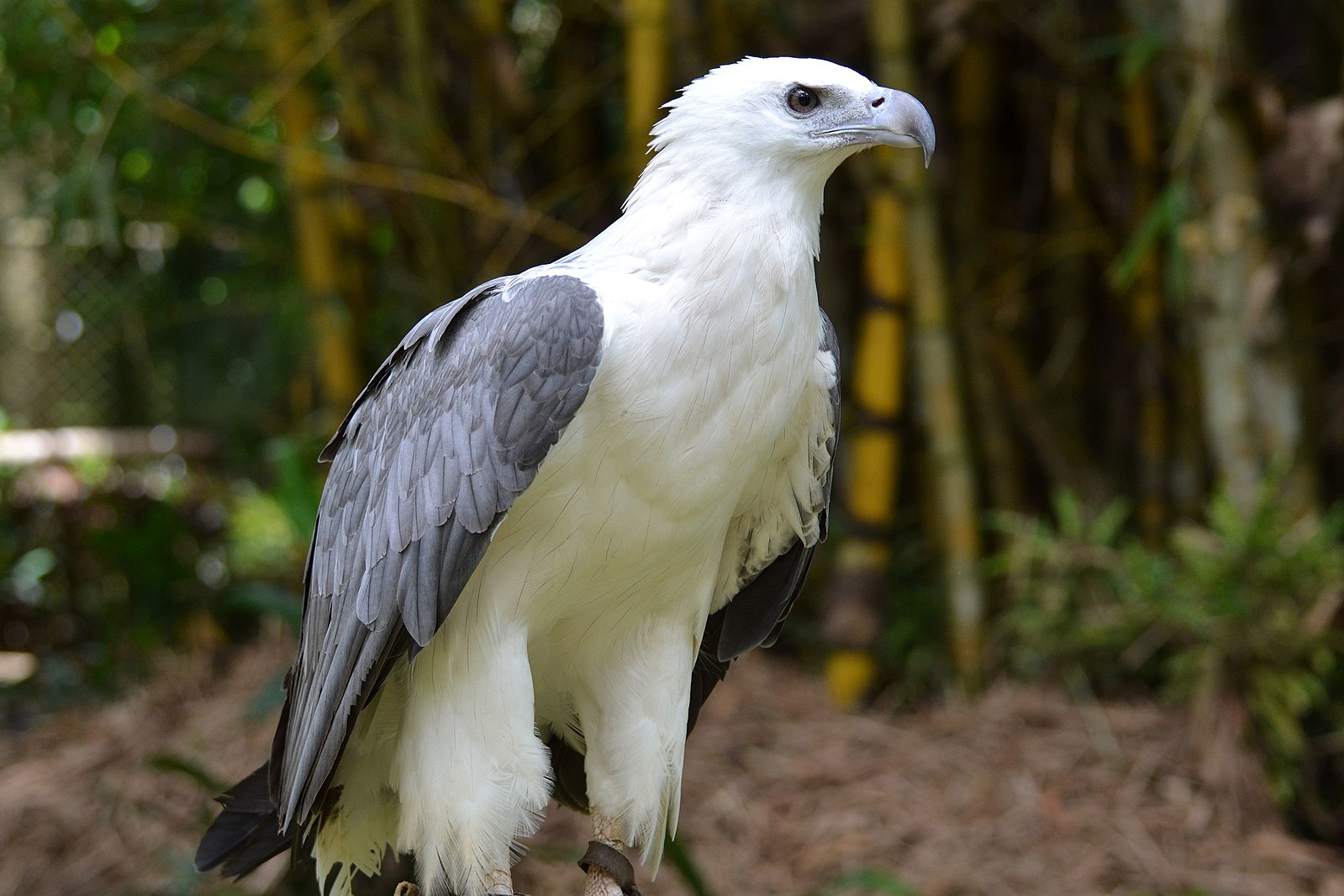White-bellied sea eagles are known to form monogamous pairs and mate for life. These majestic birds are found in coastal regions of Asia and Australia, and their unique breeding behavior is a fascinating aspect of their natural history.
Monogamous Breeding Behavior
White-bellied sea eagles are known to be monogamous, meaning they form a pair bond and remain together until one of the birds dies. This is a relatively uncommon trait among birds, as many species are either polygamous or have more flexible mating systems.
The breeding season for white-bellied sea eagles varies depending on their geographic location, but they typically engage in elaborate courtship displays before mating. These displays can include:
- Diving and chasing each other
- Gliding and soaring together
- Calling loudly to one another
Once a pair has formed, they will work together to build a large nest, usually high up in a tall tree or on a cliff ledge. The female will then lay a clutch of 2 dull, white, oval eggs, which are incubated for around 6 weeks before hatching.
Parental Care and Fledgling Stage
 Image source: bellied sea eagle by shankar s
Image source: bellied sea eagle by shankar s
Although 2 eggs are typically laid, it is relatively rare for both chicks to be successfully reared to the fledgling stage. The parents will work together to provide food and care for the eaglets, which usually fledge when they are between 70 and 80 days old.
After fledging, the young white-bellied sea eagles will remain in their parents’ territory for up to 6 months or until the following breeding season. This extended period of parental care is another characteristic of their monogamous breeding system.
Breeding Age and Lifespan
White-bellied sea eagles typically start breeding when they are around 6 years old. They are known to have a relatively long lifespan, with some individuals living for over 30 years in the wild.
Threats and Conservation Status
Despite their impressive size and hunting abilities, white-bellied sea eagles face a number of threats to their populations. These include:
- Habitat loss and disturbance due to human activity
- Shooting, poisoning, and trapping
- Collision with power lines and wind turbines
- Entanglement and environmental pollution
As a result, the species has declined in parts of Southeast Asia and southeastern Australia. However, they are protected in some regions, such as New South Wales, Australia.
According to the IUCN Red List, the total white-bellied sea eagle population size is estimated to be between 1,000 and 10,000 individuals, with a decreasing trend. The species is currently classified as Least Concern, but ongoing conservation efforts are crucial to ensure the long-term survival of these magnificent birds.
Conclusion
The white-bellied sea eagle is a remarkable bird species that exhibits a unique and fascinating breeding behavior. By forming monogamous pairs and mating for life, these birds demonstrate a level of social and reproductive complexity that is not commonly found in the avian world. Understanding and protecting the white-bellied sea eagle’s breeding habits and habitat is essential for the conservation of this iconic species.

